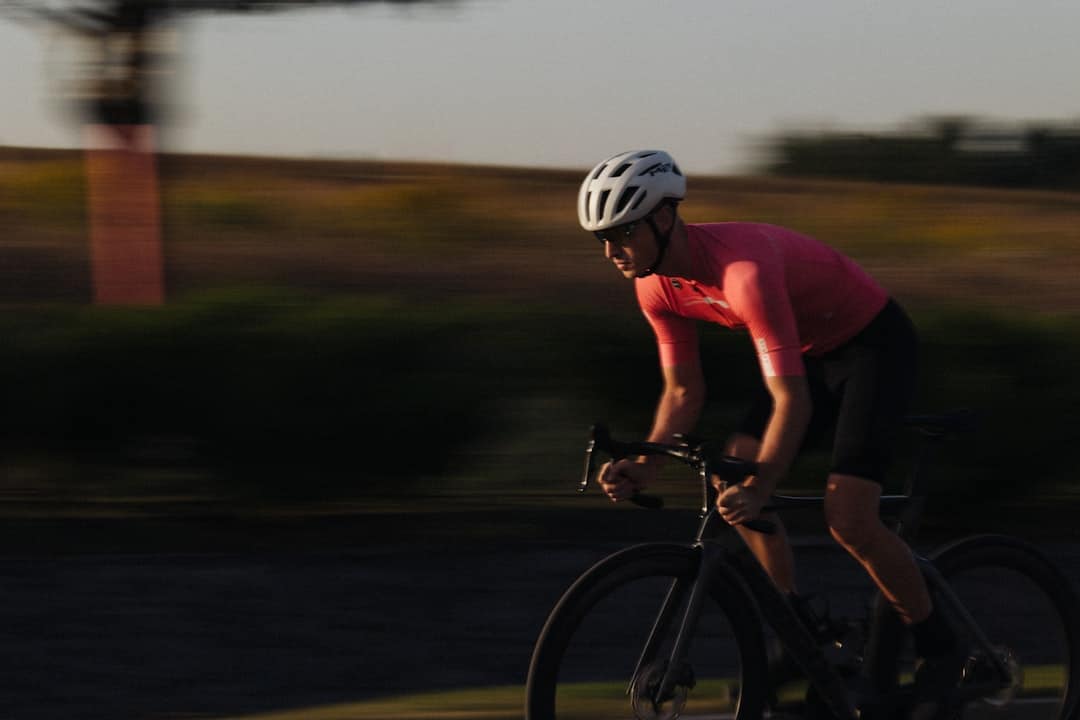|
IN BRIEF
|
Cycling is a fun and beneficial activity that can play an essential role in the development of toddlers. From a young age, children are naturally curious and eager to explore. Introducing cycling into their daily lives can promote not only their physical health, but also their psychomotor and social development. Thanks to this dynamic activity, babies discover the world around them, develop their coordination, and strengthen their self-confidence. In this article, we invite you to discover the multiple benefits of cycling for babies and how to integrate it into their lives in a safe and fun way.
The benefits of cycling for your child
Cycling is an activity that offers many benefits to babies and young children. Beyond the pleasure of pedaling, this practice encourages your child’s physical, mental and social development. In this article, we will explore the various beneficial aspects of cycling for toddlers, focusing on motor skills, coordination, and even strengthening family bonds.
Physical development
Cycling provides an excellent opportunity for babies to develop their muscular strength and improve their endurance. When your child pedals, they engage different muscle groups, which contributes to better balance and posture.
In addition, regular cycling contributes to cardiovascular health. The sustained pace of pedaling promotes optimal blood circulation and encourages good oxygenation of the body. This not only allows for healthy growth, but also reduces the risk of obesity.
Improved coordination
Learning to ride a bike helps children improve their coordination motor. Having to synchronize the movements of the arms and legs when operating the handlebars and pedals stimulates brain development. This early learning is beneficial for the quality of attention and concentration.
Coordination is not just limited to motor skills; it also plays a key role in other daily activities, such as writing or precision games. So, investing in cycling time can have a lasting impact on your child’s overall learning.
Mental development
Cycling provides a feeling of freedom and accomplishment. While pedaling, your child will develop his self-esteem, as he overcomes challenges and acquires new skills. Physical activity also releases endorphins, known as the happy hormones, thus generating a feeling of well-being.
Furthermore, going out and exploring nature by bike contributes to the sensory stimulation. The different colors, sounds, and textures encountered along the way enrich the experience and awaken your child’s curiosity.
| Benefit | Description |
| Muscle development | Strengthens leg and core muscles. |
| Balance | Helps develop coordination and balance. |
| Socialization | Encourages interactions with other children. |
| Sensory awakening | Stimulates the senses thanks to varied environments. |
| Self-confidence | Promotes autonomy and taking initiative. |
| Well-being | Helps reduce stress and improve mood. |
| Learning the rules | Teaches compliance with safety rules. |
-
Muscle development
Strengthens leg and core muscles.
-
Improved balance
Promotes the development of coordination and balance.
-
Healthy lifestyle
Encourages early physical activity.
-
Cognitive stimulation
Sensory awakening thanks to varied environments.
-
Social interaction
Promotes meetings and sharing with family.
-
Self-confidence
Strengthens autonomy and measured risk-taking.
-
Stress reduction
Promote moments of pleasure and relaxation.
-
Family ties
Creates shared memories and strengthens bonds.
Strengthening family ties
Cycling is an activity that can very easily be shared with the family. Going for a bike ride not only improves the physical condition of adults, but also creates valuable shared memories. These shared moments help to strengthen emotional ties between parents and children.
In addition, practicing an activity together promotes communication. Whether to encourage your child to cycle or to share anecdotes about the places they pass through, cycling is an excellent way to enrich the family dynamic.
Safety first
Although cycling has many benefits, it is essential to follow certain safety standards. Before going for a walk, make sure your child is well equipped, especially with a helmet adapted. Some models have been recalled due to their dangerousness, particularly those that do not meet safety standards. Be vigilant on this subject by consulting the information available here.
Also invest in a good bike seat for babies, guaranteeing comfort and safety. The products available on the market should be carefully chosen based on their compliance with safety recommendations, which you can consult via this guide to the best child seats.
Choosing the right bike
There are different types of bicycles suitable for young children, from two-wheeled models to bike trailers. The choice of equipment should be based on the age and size of your child. For the little ones, small wheels stabilizers help ensure better stability, while older children can switch to a bike without stabilizers.
To help make the best choice, it is recommended to take a look at various online comparisons, allowing you to determine the ideal bike for your child. Also, be sure to check the safety features before making a purchase.
Encourage outdoor activity
Instilling a love of cycling from an early age promotes a habit of physical activity that lasts over time. By encouraging your child to spend time outdoors on a bike, you give them the opportunity to develop essential skills, while enjoying the benefits of nature.
Bike rides can also be a great way for your family to explore new environments. Whether in the forest, in a park or in an urban environment, each walk offers a new adventure and a different perspective on the world around them.
Encourage socialization
When a child is cycling, it is not uncommon to come across other young cyclists. This creates an opportunity to socialize, to exchange and play together. The bicycle then becomes a vector of social bonds, it initiates meetings and camaraderie from a very young age.
Participating in cycling-centered group activities, such as clubs or community events, can also reinforce this fun approach. This teaches children to work as a team, share and cooperate, valuable skills that will stay with them throughout their lives.
Conclusion on the cycling craze
Cycling is much more than just a hobby. It represents a real opportunity for babies and young children to grow and flourish in multiple aspects. Contrary to popular belief, each short bike ride can transform a moment into a memorable moment while promoting the physical, intellectual and social development of your child.
Frequently Asked Questions
Cycling helps babies’ motor development, improves their balance and coordination, and promotes their curiosity and discovery of the world.
Babies can start cycling as young as 1 year old with a bike that fits their size, such as a tricycle or balance bike.
Balance bikes are particularly recommended, as they allow babies to develop their balance without pedals. Tricycles are also a good option for younger children.
Yes, but it is important to always supervise babies when riding a bike and make sure they are wearing a proper helmet and that the bike fits properly.
It is advisable to start with short sessions of 15 to 20 minutes, then gradually increase the duration depending on the child’s endurance.
Cycling promotes self-confidence, independence and socialization, as babies interact with other children and discover their environment.
A good helmet is essential, and protections like elbow and knee pads can also be helpful in keeping the child safe.


